Home>Interior Design>Sebastian Cox Reveals Why Sustainable Fabrics Are So Important


Interior Design
Sebastian Cox Reveals Why Sustainable Fabrics Are So Important
Modified: January 19, 2024
Discover why sustainable fabrics play a crucial role in interior design. Sebastian Cox shares insights on the importance of eco-friendly materials for a greener and more ethical approach to décor.
(Many of the links in this article redirect to a specific reviewed product. Your purchase of these products through affiliate links helps to generate commission for Storables.com, at no extra cost. Learn more)
Introduction
As the world becomes more conscious of its environmental impact, sustainable practices are gaining importance in various industries. One industry that has been steadily making strides towards sustainability is interior design. With a focus on creating beautiful spaces that are also eco-friendly, interior designers are increasingly turning to sustainable fabrics to enhance their projects.
In this article, we will explore the significance of sustainable fabrics in interior design and why they are becoming increasingly important. We will delve into the benefits of sustainable fabrics, the environmental impacts of conventional fabrics, the importance of natural fibers, as well as innovative sustainable fabric technologies. We will also discuss the role of both designers and consumers in adopting sustainable fabrics.
By the end, you will gain a deeper understanding of the value of sustainable fabrics and how they contribute to creating a more sustainable and beautiful interior design industry.
Key Takeaways:
- Sustainable fabrics offer numerous benefits, including reduced environmental impact, improved indoor air quality, and ethical sourcing. They also promote durability, versatility, and energy efficiency, making them a win-win choice for both the planet and interior design projects.
- Designers and consumers play essential roles in driving the adoption of sustainable fabrics. By prioritizing education, material selection, collaboration, and advocacy, designers can lead the industry towards eco-friendly alternatives. Meanwhile, consumers can influence the market, support sustainable options, and spread awareness to create a demand for environmentally responsible interior design.
Read more: Why Is Home Security So Important
Understanding Sustainable Fabrics
Sustainable fabrics, also known as eco-friendly or green fabrics, are materials that are produced using processes that have minimal negative impact on the environment. These fabrics are typically made from natural or recycled materials and are manufactured in a manner that conserves resources, reduces waste, and promotes social responsibility.
One key aspect of sustainable fabrics is the use of organic or natural fibers. Organic fibers are grown without the use of harsh chemicals and pesticides, while natural fibers are derived from renewable sources such as plants or animals. Examples of natural fibers include cotton, linen, hemp, and wool.
Another aspect of sustainable fabrics is the use of recycled materials. These materials may include recycled polyester, which is made from post-consumer plastic bottles, or recycled cotton, which is made from discarded or pre-consumer cotton waste. Recycling materials reduces the need for new resources and keeps waste out of landfills.
In addition to the materials used, the production process of sustainable fabrics also plays a crucial role. Sustainable fabric manufacturers strive to minimize water usage, reduce energy consumption, and implement responsible waste management practices. This includes using low-impact dyes and chemicals, as well as ensuring fair wages and safe working conditions for workers.
By understanding the concept of sustainable fabrics, interior designers can make informed choices when selecting materials for their projects. These fabrics offer numerous benefits, not only for the environment but also for the overall wellbeing of individuals who inhabit the spaces.
Benefits of Sustainable Fabrics
Sustainable fabrics offer a range of benefits that make them a valuable choice for interior design projects. Let’s explore some of the key advantages:
1. Environmentally Friendly: Perhaps the most significant benefit of sustainable fabrics is their reduced impact on the environment. By using organic or recycled materials and implementing eco-friendly production processes, these fabrics help to conserve resources, reduce water consumption, and minimize chemical pollution.
2. Improved Indoor Air Quality: Conventional fabrics can contain harmful chemicals, such as formaldehyde and volatile organic compounds (VOCs), which can off-gas and negatively impact indoor air quality. Sustainable fabrics are typically free from these toxins, creating a healthier indoor environment.
3. Ethical and Socially Responsible: Sustainable fabrics often come from manufacturers and suppliers who prioritize fair labor practices and ethical sourcing. By choosing these fabrics, designers can promote social responsibility and support companies that prioritize the wellbeing of their workers.
4. Durability and Longevity: Sustainable fabrics are often crafted to high-quality standards, ensuring they stand the test of time. They are designed to be durable and resilient, reducing the need for frequent replacements and ultimately reducing waste.
5. Versatility and Aesthetics: Sustainable fabrics come in a wide range of options to suit any design style or preference. From organic cotton with its soft and luxurious feel to recycled polyester with its versatility, designers can find sustainable fabrics to match their vision and create stunning spaces.
6. Energy Efficiency: Some sustainable fabrics, particularly those made from natural fibers, have inherent insulating properties. They can help regulate temperature, reduce energy consumption for heating and cooling, and contribute to overall energy efficiency in buildings.
7. Positive Impact on Health and Wellbeing: Sustainable fabrics are often hypoallergenic and gentle on the skin, making them ideal for individuals with sensitivities or allergies. They also promote a sense of well-being and connection to nature, creating a more calming and nurturing environment.
By incorporating sustainable fabrics into their designs, interior designers not only make a positive impact on the environment but also create spaces that are healthier, more durable, and visually appealing. These fabrics are a win-win choice for both the planet and the people who inhabit the spaces.
Environmental Impacts of Conventional Fabrics
Conventional fabrics, which are commonly used in interior design, can have significant environmental impacts throughout their lifecycle. Here are some of the key environmental concerns associated with conventional fabrics:
1. Chemical Pollution: The production of conventional fabrics often involves the use of harsh chemicals, such as pesticides, herbicides, and synthetic dyes. These chemicals can pollute waterways, harm aquatic ecosystems, and have detrimental effects on human health.
2. Water Consumption: Conventional fabrics, particularly those made from cotton, require vast amounts of water for cultivation and processing. The excessive water usage contributes to the depletion of freshwater resources, causing environmental strain in regions with water scarcity.
3. Energy Consumption: The energy-intensive processes involved in manufacturing conventional fabrics, such as spinning, weaving, and dyeing, contribute to greenhouse gas emissions and contribute to climate change.
4. Land Use and Deforestation: Conventional fabrics, especially those made from synthetic fibers like polyester, are derived from non-renewable resources such as petroleum. The extraction of these resources and the conversion of natural habitats into industrial land contribute to deforestation and loss of biodiversity.
5. Waste Generation: The textile industry generates a substantial amount of waste, ranging from scraps and trimmings to unsold inventory and discarded products. This waste often ends up in landfills, where it contributes to environmental pollution and takes years to decompose.
6. Microfiber Pollution: Synthetic fabrics, such as polyester and nylon, shed microfibers during washing, which end up in waterways and contribute to plastic pollution. These microfibers can be ingested by aquatic organisms, potentially entering the food chain and causing harm to ecosystems.
By understanding the environmental impacts of conventional fabrics, interior designers can make informed choices and actively seek out sustainable alternatives. By incorporating sustainable fabrics into their designs, they can help mitigate these environmental concerns and contribute to a greener and more sustainable future.
When choosing sustainable fabrics, look for options made from natural, biodegradable materials such as organic cotton, hemp, linen, or Tencel. These materials have a lower environmental impact and are better for the planet.
The Importance of Natural Fibers
Natural fibers are a crucial component of sustainable fabrics and play a significant role in promoting environmental sustainability in the interior design industry. Here are some key reasons why natural fibers are important:
1. Renewable and Biodegradable: Natural fibers, such as cotton, linen, hemp, and wool, are derived from renewable resources – plants or animals. Unlike synthetic fibers derived from petroleum, natural fibers can be replenished through cultivation and harvesting. Additionally, they are biodegradable, meaning they can decompose naturally without causing long-lasting environmental harm.
2. Reduced Carbon Footprint: The production of natural fibers requires comparatively lower energy consumption and generates fewer greenhouse gas emissions than the production of synthetic fibers. Choosing natural fibers helps to reduce the carbon footprint associated with fabric production and contributes to mitigating climate change.
3. Water Conservation: Some natural fibers, such as hemp and linen, require less water for cultivation compared to crops like cotton. By utilizing natural fibers that are more water-efficient, designers can contribute to water conservation efforts and reduce the strain on freshwater resources.
4. Better Indoor Air Quality: Natural fibers are typically free from harmful chemicals and pollutants found in conventional fabrics. This makes them a healthier choice for interior spaces, as they do not release volatile organic compounds (VOCs) or off-gas potentially hazardous substances.
5. Durability and Longevity: Natural fibers are known for their strength and durability, making them a reliable and long-lasting choice for interior design applications. They can withstand wear and tear, reducing the need for frequent replacements and ultimately reducing waste.
6. Comfort and Aesthetics: Natural fibers offer a tactile and visually appealing experience. Fabrics made from natural fibers have excellent breathability, moisture-wicking properties, and hypoallergenic qualities, making them comfortable and suitable for a variety of design applications. They also provide a natural and organic aesthetic that can enhance the overall visual appeal of a space.
By prioritizing natural fibers in interior design projects, designers can create spaces that are not only visually pleasing but also environmentally friendly and sustainable. Natural fibers offer a multitude of benefits that contribute to a more sustainable and responsible approach to interior design.
Innovative Sustainable Fabric Technologies
In addition to using natural and organic fibers, advancements in textile technology have led to the development of innovative sustainable fabric technologies. These technologies aim to further reduce the environmental impact of fabrics while maintaining performance and functionality. Here are some notable examples:
1. Recycled Fabrics: Recycling technology has allowed for the creation of fabrics using post-consumer materials. Waste plastic bottles can be transformed into polyester fibers, while discarded or pre-consumer textiles can be processed and turned into new fabrics. Utilizing recycled fabrics reduces the need for virgin materials and helps reduce waste.
2. Bio-based Fabrics: Some innovative fabric technologies utilize bio-based materials that are derived from renewable resources, such as corn, algae, or mushrooms. These materials can be transformed into fibers and woven into fabrics, offering a sustainable alternative to conventional textiles.
3. Low-Impact Dyes: The dyeing process of fabrics traditionally involves the use of chemicals that can be harmful to human health and the environment. However, low-impact dyes have been developed that require less water and energy, and generate fewer pollutants. These dyes minimize waste and pollution in the fabric production process.
4. Nanotechnology: Nanotechnology is being used to enhance the performance of sustainable fabrics. For example, nano-coatings can be applied to fabrics to repel stains and liquids, reducing the need for chemical treatments and improving the longevity of the fabric.
5. Smart Fabrics: Smart fabrics combine sustainable materials with technology to create functional textiles. For instance, fabrics embedded with sensors can monitor and regulate body temperature, reducing the need for excessive heating or cooling. These fabrics offer energy-saving benefits and enhance comfort for users.
6. Bacterial and Fungal Textiles: Researchers are experimenting with fabrics cultivated from bacteria or fungi. These textiles can be grown using minimal resources and have the potential to replace traditional textiles that require intensive agricultural practices.
These innovative sustainable fabric technologies are paving the way for a more eco-friendly future in the interior design industry. By incorporating these fabrics into their designs, interior designers can showcase their commitment to sustainability while still delivering functional and aesthetically pleasing spaces.
The Role of Designers and Consumers in Adopting Sustainable Fabrics
Both designers and consumers play essential roles in driving the adoption of sustainable fabrics in the interior design industry. By making conscious choices and actively supporting sustainable practices, they can collectively contribute to a more environmentally responsible and socially conscious industry. Here’s a closer look at their respective roles:
1. Designers: Interior designers have the power to drive change by incorporating sustainable fabrics into their design projects. Their role includes:
– Education and Awareness: Designers can educate themselves about sustainable fabrics, their benefits, and the environmental impacts of conventional fabrics. By staying informed, they can make conscious decisions when selecting materials and communicate the importance of sustainability to their clients.
– Material Selection: Designers have the opportunity to source sustainable fabrics that align with their design vision and clients’ preferences. By prioritizing natural fibers, recycled materials, and innovative sustainable fabric technologies, designers can create beautiful and eco-friendly spaces.
– Collaboration: Designers can collaborate with manufacturers, suppliers, and other industry professionals who prioritize sustainable practices. By working together, they can create a demand for sustainable fabrics and encourage the industry to shift towards more eco-friendly alternatives.
– Advocacy: Designers can advocate for sustainable practices within the industry by sharing their success stories, participating in sustainability-focused events, and promoting the use of sustainable fabrics through their professional networks.
2. Consumers: Consumers also play a crucial role in driving the adoption of sustainable fabrics. Their choices and demands influence the market and shape the practices of industry players. The responsibilities of consumers include:
– Research and Awareness: Consumers can educate themselves about sustainable fabrics and the benefits they offer. By understanding the environmental and health impacts of conventional fabrics, consumers can make more informed decisions when purchasing home furnishings and materials.
– Choosing Sustainable Options: When shopping for interior design products, consumers can actively seek out products made from sustainable fabrics. By supporting brands and manufacturers that prioritize sustainability, consumers create a demand for eco-friendly materials and encourage the industry to shift towards more sustainable practices.
– Longevity and Maintenance: Consumers can contribute to the sustainability of their interiors by caring for and maintaining their furnishings made from sustainable fabrics. Proper maintenance and repairs can prolong the lifecycle of these products, reducing the need for replacements.
– Spreading the Word: Consumers can share their knowledge and experiences with sustainable fabrics with friends, family, and online communities. By raising awareness and encouraging others to adopt sustainable practices, consumers can create a ripple effect of positive change.
By working together, designers and consumers can create a demand-driven market for sustainable fabrics in interior design. Their collective efforts can lead to a more sustainable, socially responsible, and aesthetically pleasing future in the industry.
Conclusion
Sustainable fabrics have emerged as a crucial component in the interior design industry, offering a more environmentally friendly and socially responsible approach to creating beautiful spaces. The adoption of sustainable fabrics by designers and consumers has the potential to make a significant positive impact on the environment and the overall well-being of individuals who inhabit these spaces.
By understanding the benefits of sustainable fabrics, designers can make informed choices that promote sustainability and eco-friendliness. These fabrics not only contribute to a reduced carbon footprint but also improve indoor air quality, promote ethical sourcing, and enhance the durability and longevity of interior design elements. Additionally, the use of natural fibers in sustainable fabrics offers renewable resources that conserve water, reduce energy consumption, and reduce waste generation.
Advancements in sustainable fabric technologies, such as recycling and bio-based fabrics, low-impact dyes, and smart textiles, provide innovative options that further reduce the environmental impact of fabrics while maintaining functionality and performance. These technologies pave the way for a more sustainable future in the interior design industry, where beauty and sustainability can coexist harmoniously.
Both designers and consumers have important roles to play in driving the adoption of sustainable fabrics. Designers can educate themselves, select sustainable materials, collaborate with like-minded partners, and advocate for sustainable practices within the industry. Consumers, on the other hand, can research and make informed choices, support brands and manufacturers that prioritize sustainability, care for their sustainable furnishings, and spread the word to create a ripple effect of positive change.
By working together, interior designers and consumers can create a demand for sustainable fabrics that fosters a greener, more socially responsible, and aesthetically pleasing interior design industry. Through collective efforts and conscious choices, we can contribute to a more sustainable and beautiful future for our homes and the planet.
Frequently Asked Questions about Sebastian Cox Reveals Why Sustainable Fabrics Are So Important
Was this page helpful?
At Storables.com, we guarantee accurate and reliable information. Our content, validated by Expert Board Contributors, is crafted following stringent Editorial Policies. We're committed to providing you with well-researched, expert-backed insights for all your informational needs.
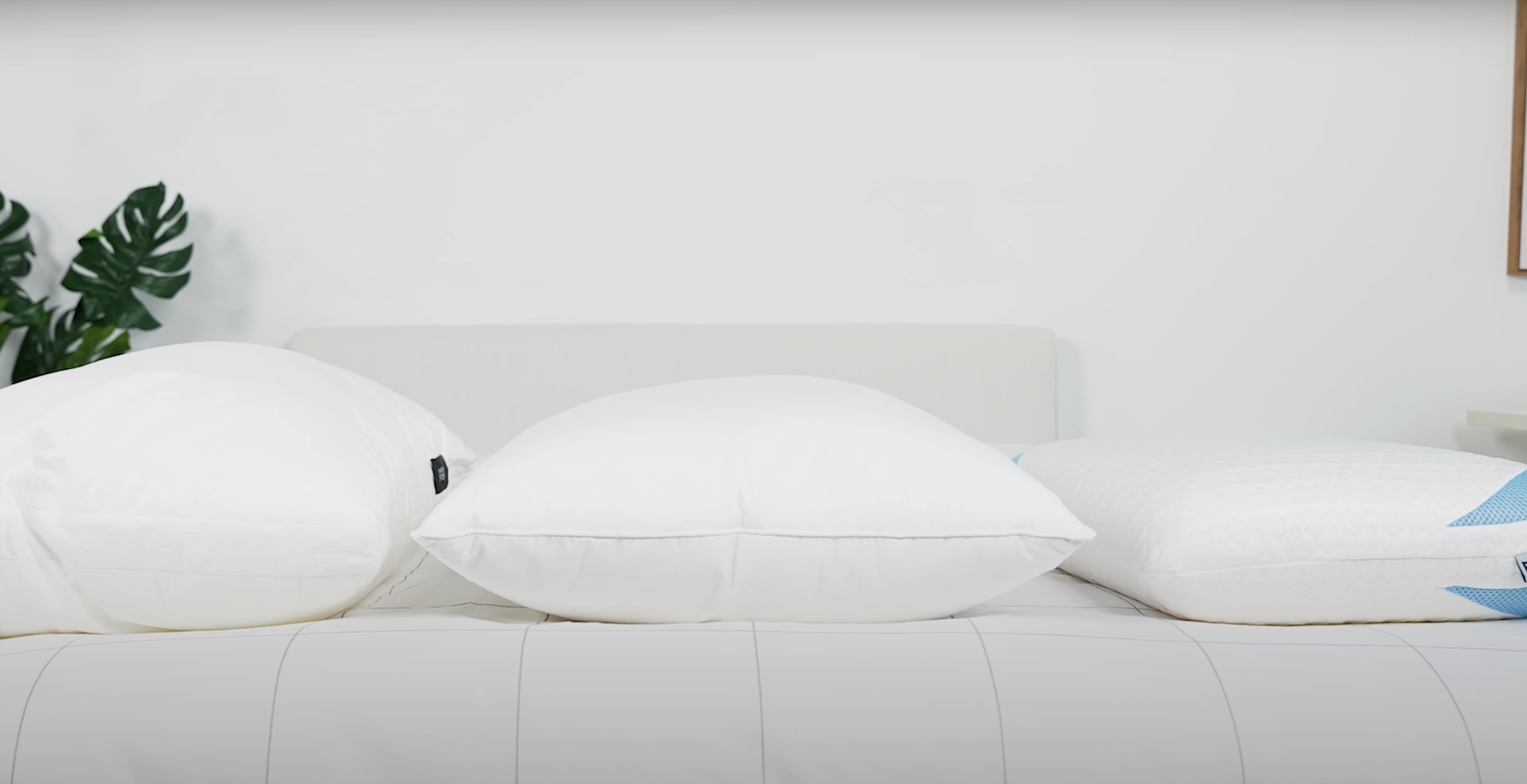
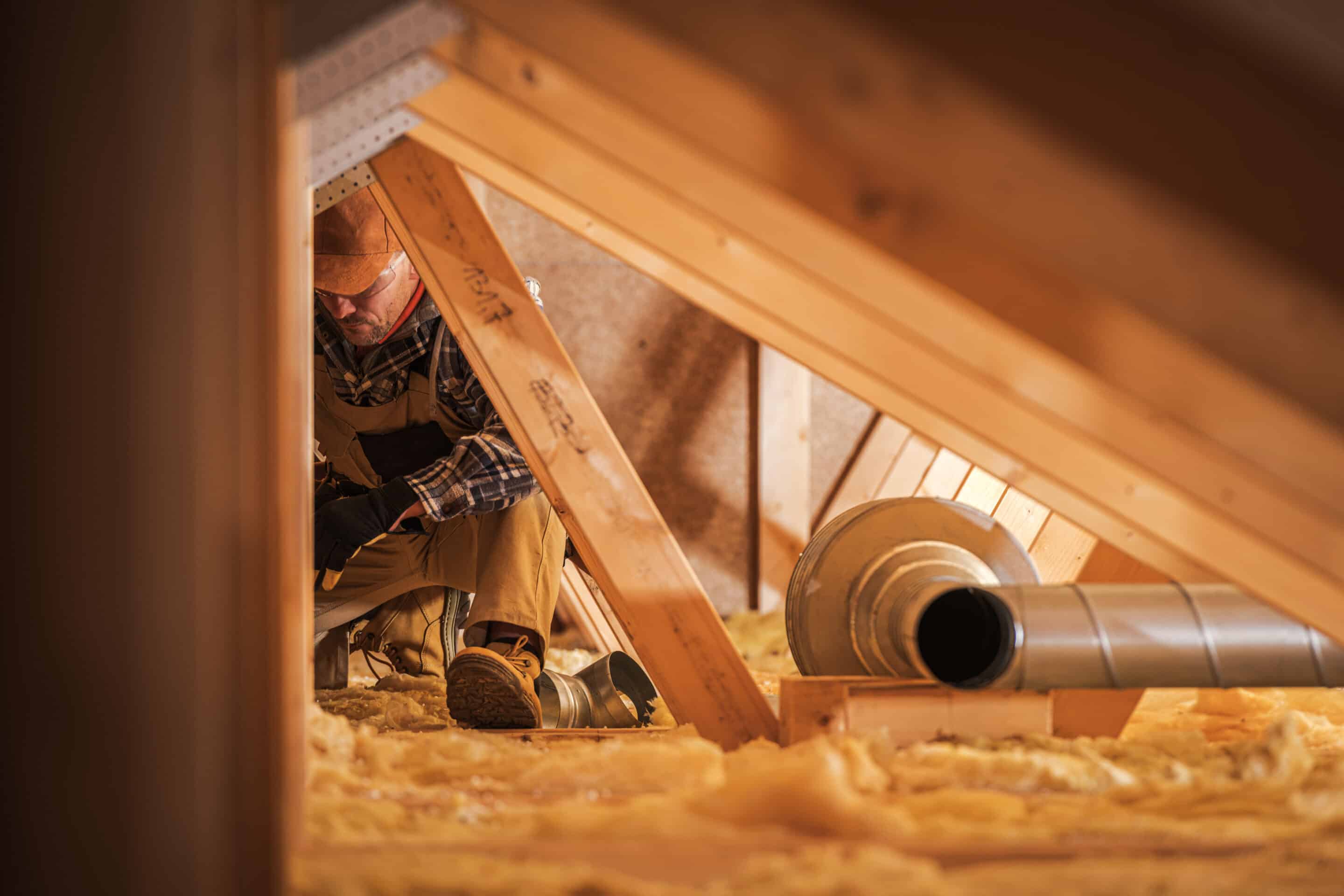


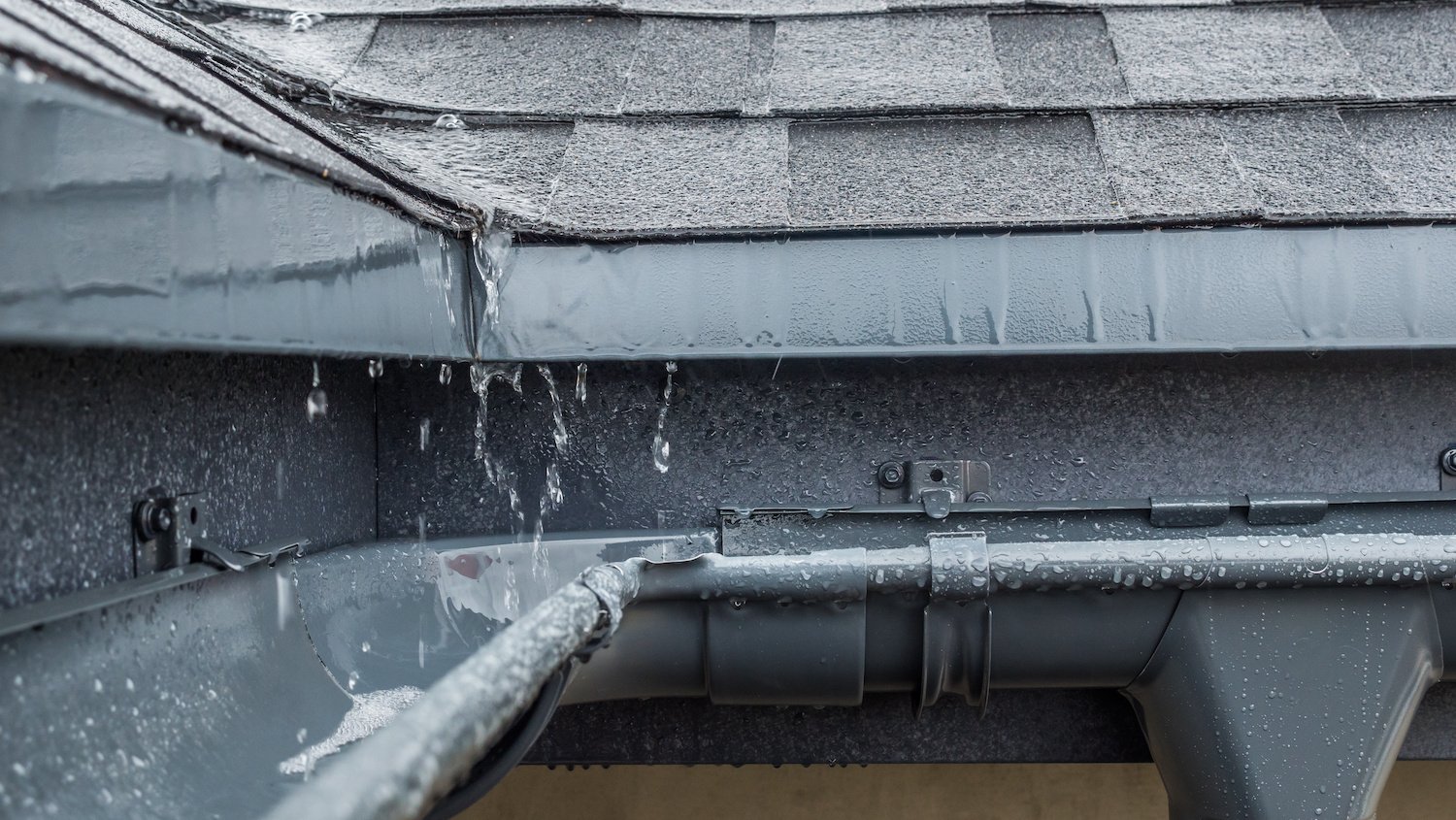

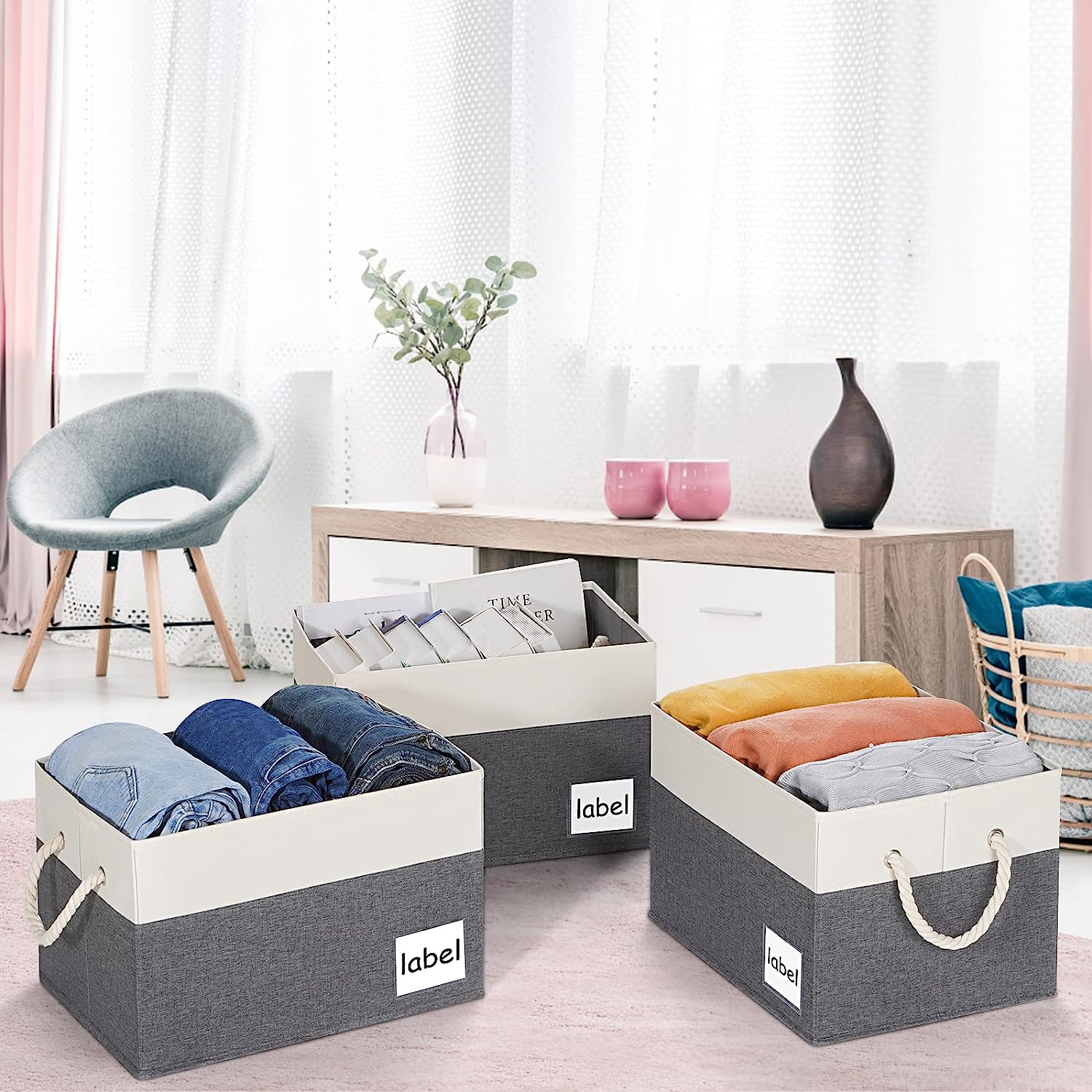
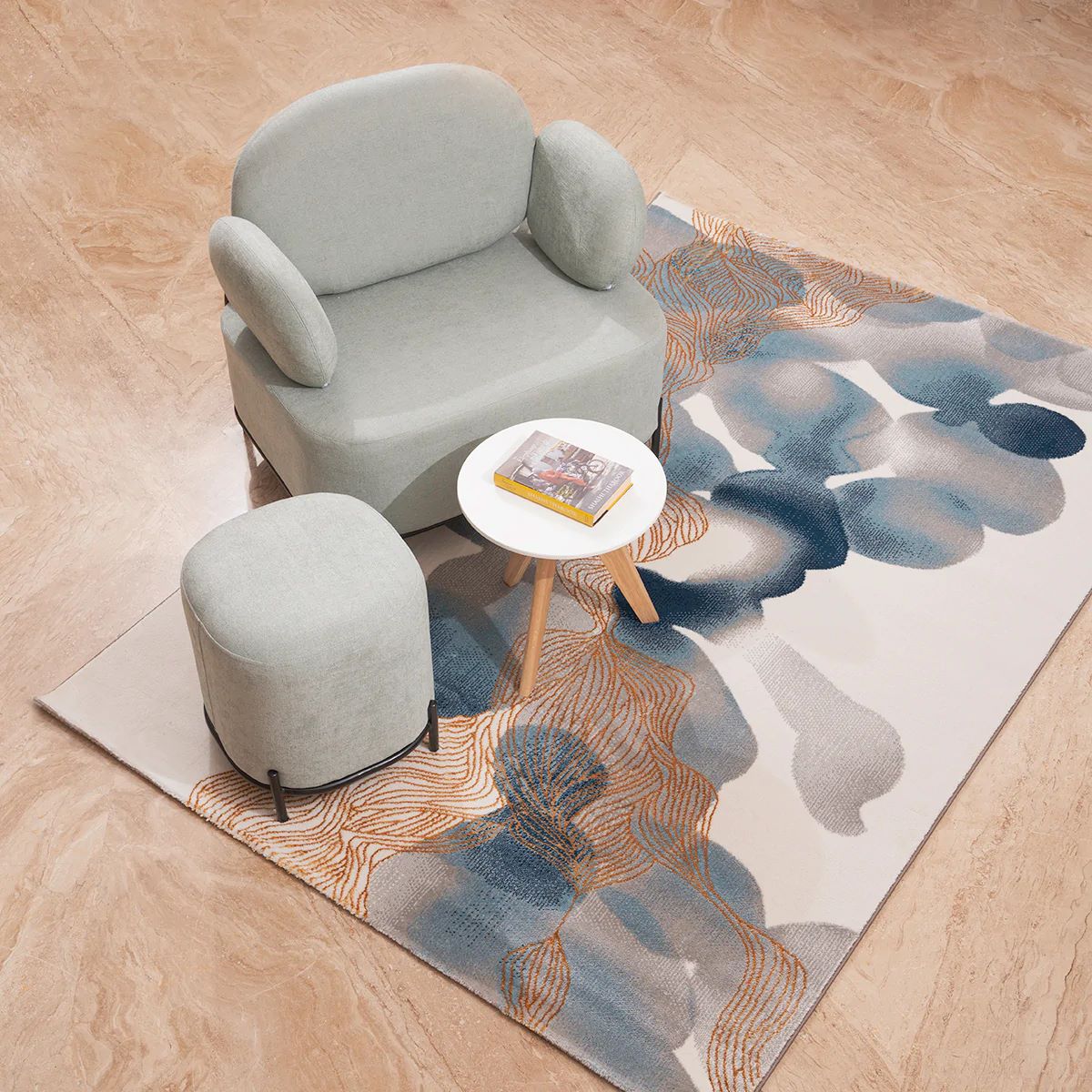







0 thoughts on “Sebastian Cox Reveals Why Sustainable Fabrics Are So Important”